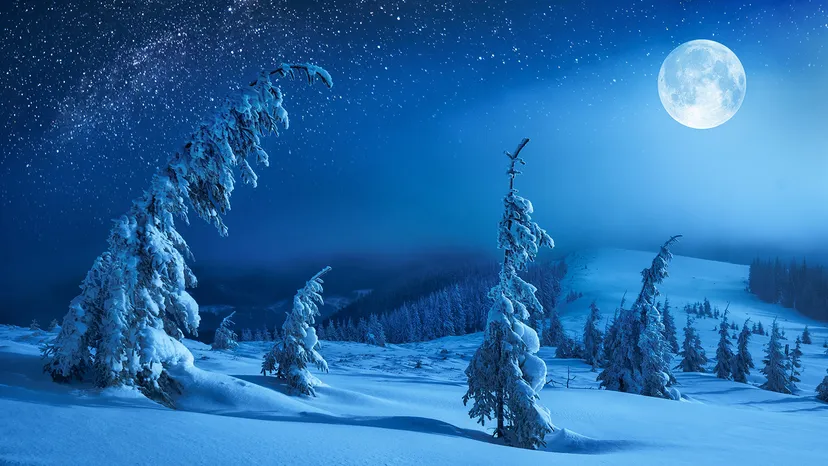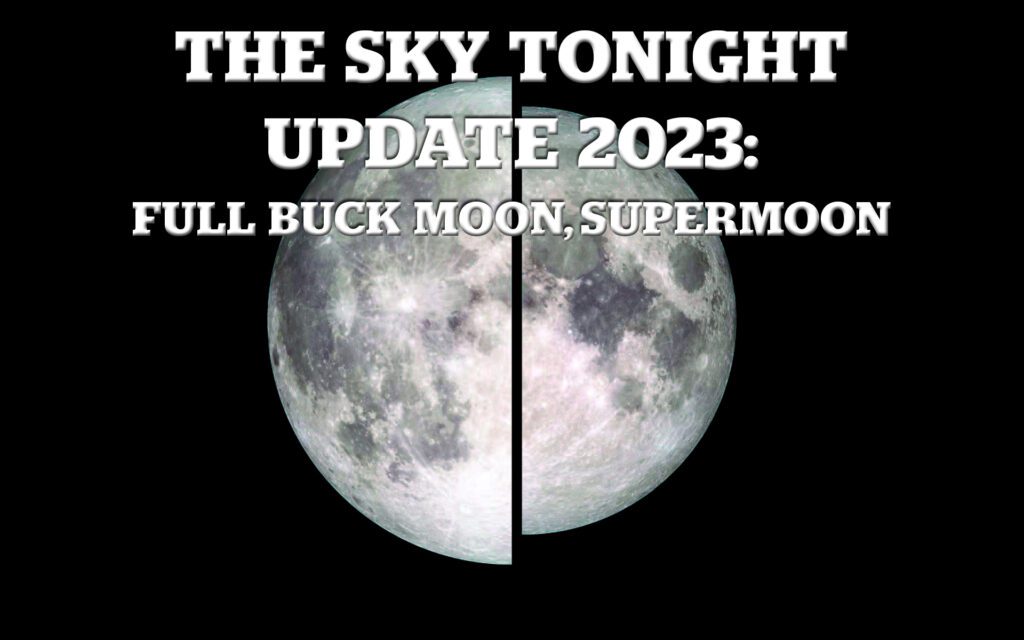This February 12th, the Moon will be located on the opposite side of the Earth as the Sun and its face will be fully illuminated. This phase occurs at 13:55 UTC (7:55 AM, Central Time). This full moon was known by early Native American tribes as the Snow Moon because the heaviest snows usually fell during this time of the year.
On average, February is the United States’ snowiest month, according to data from the National Weather Service. In the 1760s, Captain Jonathan Carver, who had visited with the Naudowessie (Dakota), wrote that the name used for this period was the Snow Moon, “because more snow commonly falls during this month than any other in the winter.”
Since hunting is difficult, this moon has also been known by some tribes as the Hunger Moon, since the harsh weather made hunting difficult.
Names for this month’s Moon have historically had a connection to animals. The Cree traditionally called this the Bald Eagle Moon or Eagle Moon. The Ojibwe Bear Moon and Tlingit Black Bear Moon refer to the time when bear cubs are born. The Dakota also call this the Raccoon Moon; certain Algonquin peoples named it the Groundhog Moon, and the Haida named it Goose Moon.
Another theme of this month’s Moon names is scarcity. The Cherokee names of Month of the Bony Moon and Hungry Moon give evidence to the fact that food was hard to come by at this time.























